Who Wins? 100 Historical Figures Go Head-to-Head and You Decide the Winner!
Created by Clay Swartz
Illustrated by Tom Booth
Published July 12th, 2016 by Workman Publishing Company
Summary: Who would rock the mic at karaoke night? Abraham “The Great Emancipator” Lincoln or Jane “Lady Persuasion” Austen? How about a hot dog eating contest between Harry “Mr. Magic” Houdini and Mary “Mother of Frankenstein” Shelley? What about a pie contest? A staring contest? And who has a better chance of sneaking into Area 51, Isaac “Gravity Guy” Newton or Sacagawea aka “The Pathfinder”?
In Who Wins?: History, you decide the winner in over 50 head-to-head challenges between 100 of history’s most illustrious characters. But choosing the victor isn’t arbitrary. Readers must justify their answers using each of the historical figures’ six 0-10 category rankings in bravery, leadership, artistry, wealth, wisdom, and fitness; as well as facts from short biographies.
As funny as it is informative, the book is uniquely formatted so readers can match up each and every character in any of the head-to-head battles. History has never been so much fun!
Review (from 10/26/16): Who Wins? is informative, funny, and so cleverly formatted that it is going to be a star in homes and classrooms. I love how the book gives each historical figure a nickname (either one they already were given, like Satchmo, or made up, like Gravity Guru for Isaac Newton) to add a bit of humor to the book; however, still makes sure to include a plethora of information about each figure including a bio then 3 little-known facts. Each head-to-head situation also helps guide your decision by giving some example questions to think about. Let’s look at a head-to-head, so you can really see how clever it is!
In My Classroom: Whenever I begin a debate unit, I always start with a mini-debate, and I wanted this year’s to include Who Wins? because I thought it was such an awesome class resource (and my students were slightly obsessed with the book). To start, I randomly picked a male and a female historical figure from each side of the Who Wins? book for each class. I didn’t choose the middle activity yet because I wanted my students to get to know their historical figures before I gave them the rest of the topic for the debate. For two days, the students researched their figures and tried to learn as much about them as possible. We talked about making sure to not just list dates but to get to know them as a person: their strengths, their weaknesses, their personality, their education, etc. Finally, on day three, I randomly revealed the rest of the debate topic and randomly put each class into two groups. We ended up with:
Who wins WRESTLEMANIA? Queen Elizabeth I or Genghis Khan?
Who wins LIVING IN 10,000 BC? Harriet Tubman or Ramses II?
Who wins CELEBRITY JEOPARDY? Nelson Mandela or Marie Curie?
Each group then made a Google Doc that they could collaborate on, and they focuses on preparing their argument, possible counterarguments, and rebuttals to the counter argument. They could research more now that they knew the topic, and I shared Who Wins? information with them as well (see photo above).
Then, after a couple of days of collaboration, we had our mini-debate. The most successful was the Queen Elizabeth I vs. Genghis Khan because they not only researched their historical figure, but they also researched Wrestlemania which allowed the debate go to a whole different level than my other two periods. The Nelson Mandela vs. Marie Curie debate had the opposite problem: they didn’t research Jeopardy at all which made for the debate never really having a clear winner because they were just debating who was smarter. The Ramses II vs. Harriet Tubman went well though the Harriet Tubman side never pulled out their best argument: she primarily lived on the run in the wilderness! In the end, Wrestlemania was a tie; Ramses II would survive better in 10,000 BC; and Marie Curie would win Jeopardy.
Some Students’ Collaborative Notes: Here are some examples of the collaborative notes some groups put together when preparing for the mini-debate. These are not examples of the initial research notes they took on their historical figures.
Genghis Khan
Harriet Tubman:
Marie Curie:
Second Debate Using Who Wins?: For our second debate, I did things a little bit differently. Instead of giving them the historical person first, for each class, I randomly chose the center tile (the topic) and we ended up with: Rap Battle, Ironman World Championship, and Summiting Everest. I then let the students, within their groups, go through their side of the book to find the person they wanted for their side of the debate.
They used their prior knowledge, the bios, and the stats for each person to try to pick the best for the debate. Our people ended up being:
Who Wins a Rap Battle: Muhammad Ali vs. Sojourner Truth?
Who Wins the Ironman World Championship: Jim Thorpe vs. Mildred Ella Didrikson?
Who Wins at Summiting Everest: Ernest Shackleton vs. Alexander the Great?
This time around, students were much more invested in their historical figure and with the topic already chosen, they could narrow down their research. Also, they realized how important it was to research the topic. Students also were given 2 extra days to research this time though given the same amount of time (2 days) to collaborate.
Once we got to the debates, I made a decision I was so happy about: Students were not allowed to have their iPads with them. They could have 1 Post-it note (front only) with any specifics that were tough to remember (years, prices, times, etc.), but that was it. And the debates went so much better! Students knew their stuff, and the debates were so intense, detailed, and close!
In the end, we’re still not sure who would be most successful at summiting Everest, Shackelton or Alexander the Great; Jim Thorpe is more likely to win the Ironman World Championship; and Muhammad Ali would win a rap battle vs. Sojourner Truth.
Final Assessment: As a final cumulative assessment, I asked my students to write me an argumentative paragraph stating why they felt their historical figure would be more successful than the other. Students were asked to have multiple reasons why with evidence to support their claim.
Examples from the Shackleton vs. Alexander the Great debate:
Reflection: Using Who Wins?, I was able to create a standards-based unit that allowed students to not only debate, research, and read informational texts, but work collaboratively, think outside the box, and cite evidence to support their claims. I know the students learned from it as well, and they asked to do another, so I know they enjoyed it. They also now realize that learning just dates or facts about a person isn’t thorough research, it is important to know both sides of an argument so you can have a rebuttal, and that you need to research all aspects of a debate to ensure you are arguing for the right reasons. Overall, I call this a win!
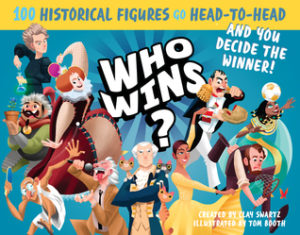
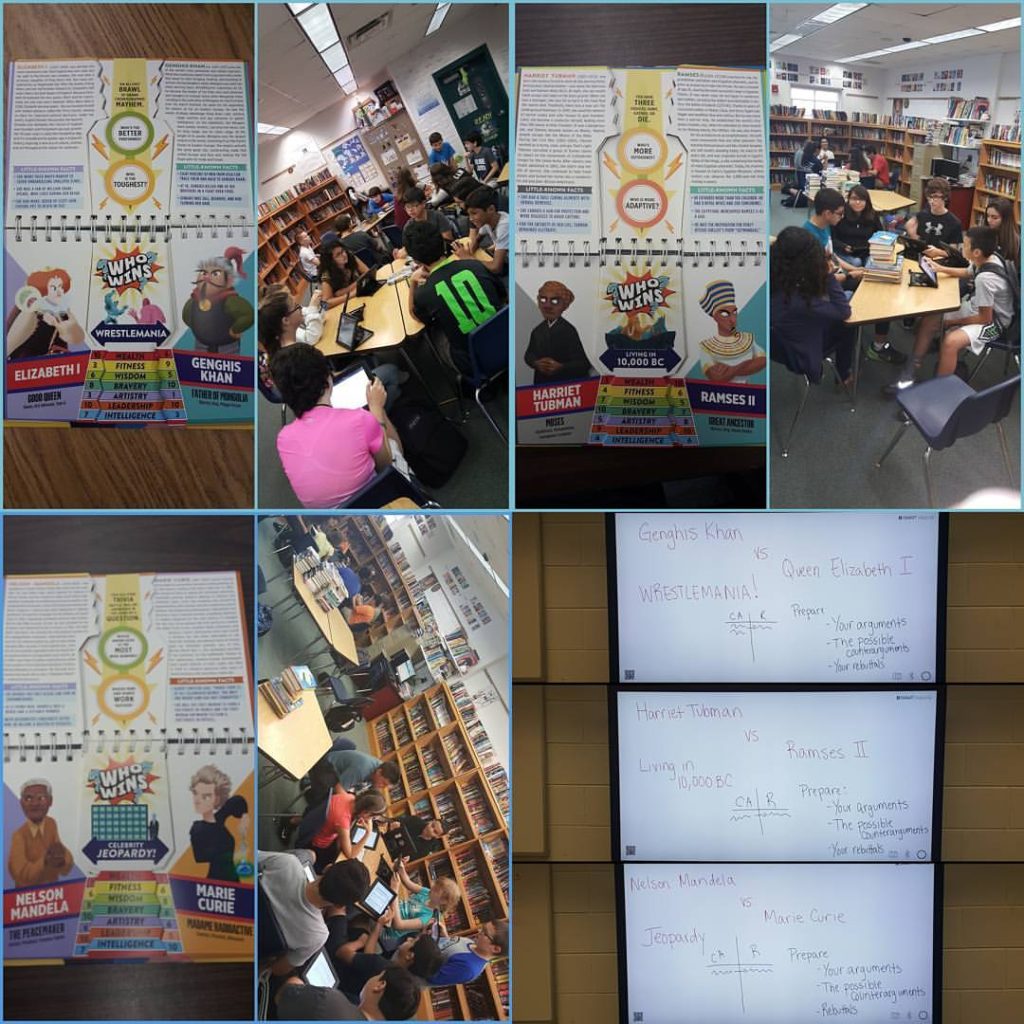
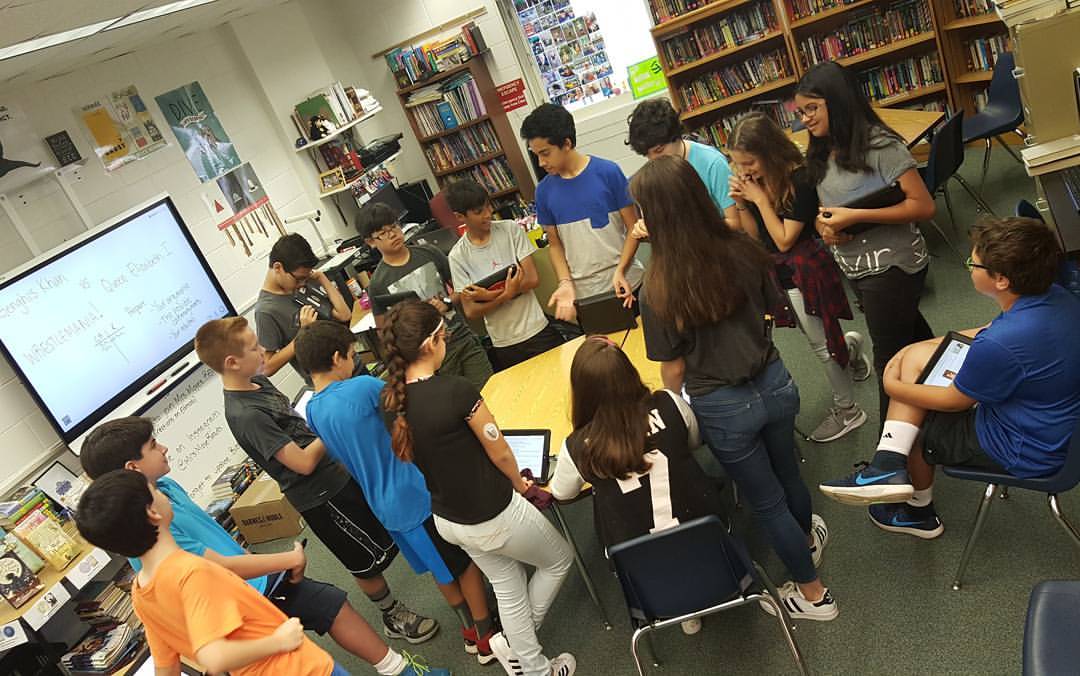
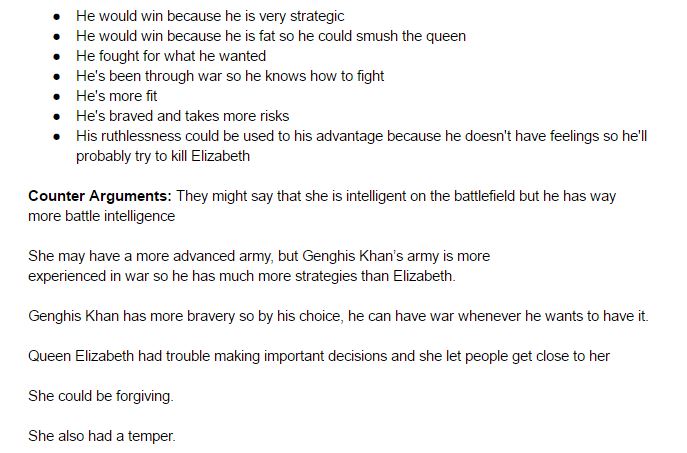
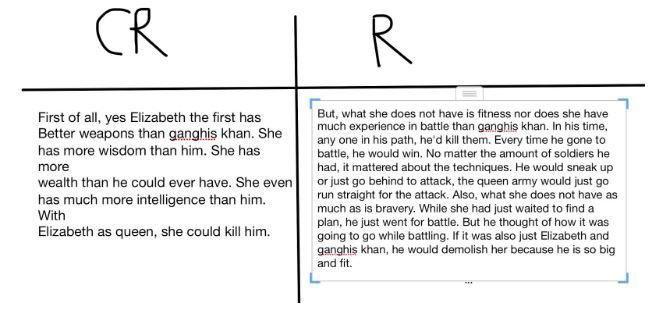
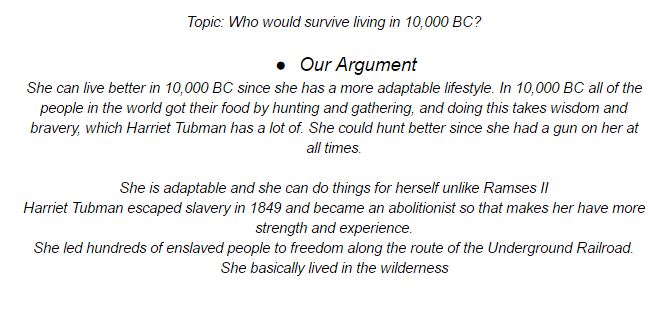
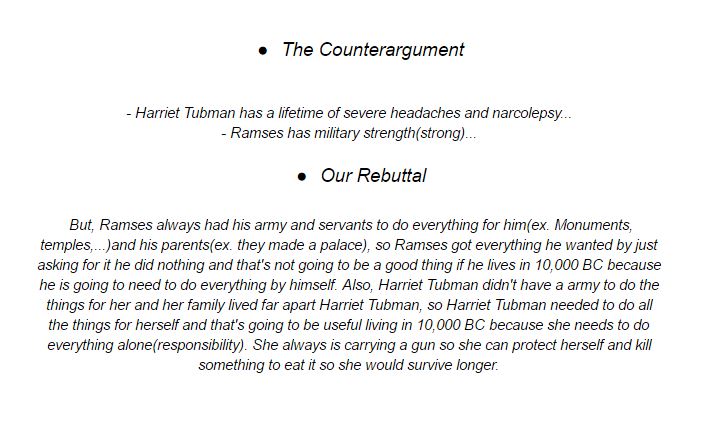
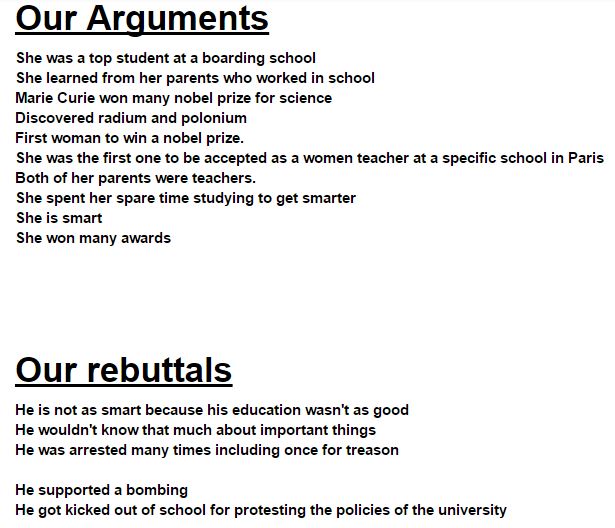
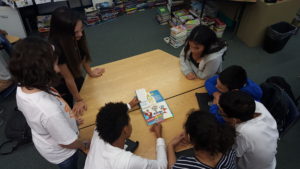
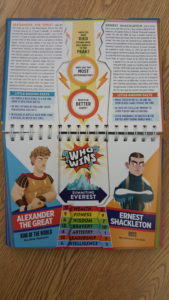
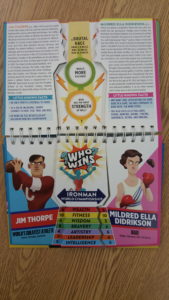
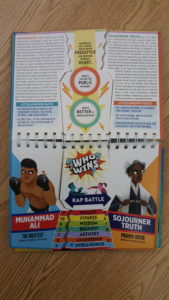
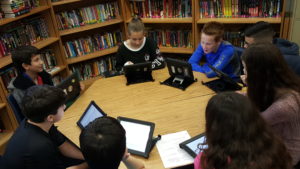
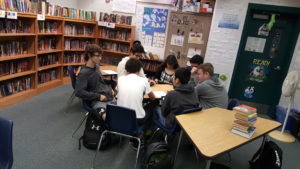
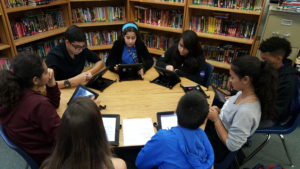
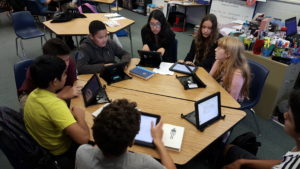
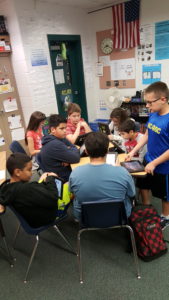
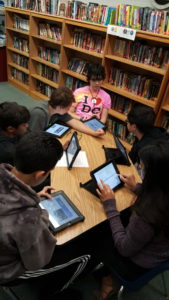

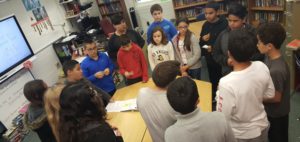
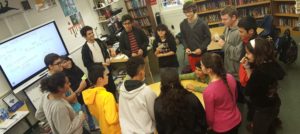
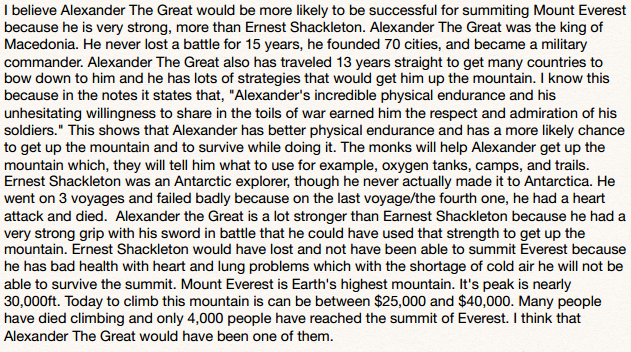


Woah – what an amazing assignment! I wish we’d had activities like this when I was a student, it really makes learning so much more exciting and engaging!